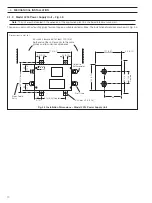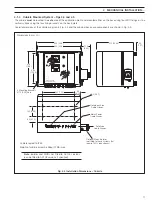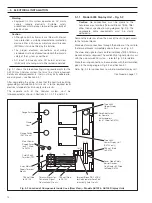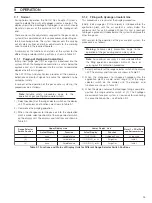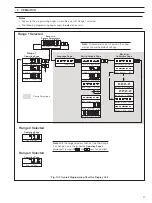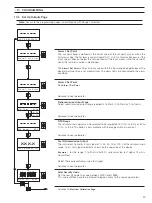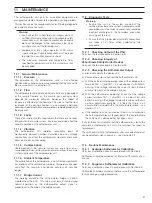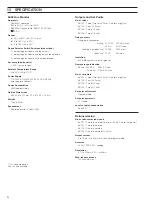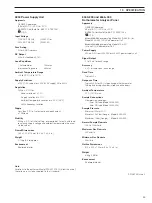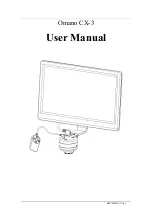
24
…8
START-UP
8.4
Gas Calibration
8.4.1
Introduction
Before putting the system on-line, it is recommended that a
calibration check for the 'zero' reading is made using calibration
standard sample gas.
The 'zero gas' is marked permanently on the data plate of the
katharometer unit. This gas, when passed through the
katharometer, gives a zero millivolt output. To provide a fail-safe
condition the zero gas is 85% hydrogen in nitrogen mixture so
that, if power is lost to the katharometer, an alarm condition
occurs at the display unit.
Full scale output from the katharometer is obtained by a 100%
hydrogen gas sample and no adjustment of the katharometer
output is normally required. The maximum signal for the full scale
reading is sealed during manufacture and must not be altered by
users.
With the katharometer adjusted correctly using the 'zero gas'
hydrogen in nitrogen mixture, carbon dioxide (or argon) and air
mixtures are displayed correctly when the selector switch is in
the appropriate position.
8.4.2
Gas Range Calibration
Note
. Test for leaks in accordance with the
requirements of the responsible authority for site safety
after making any hydrogen connections.
Note
. The procedure outlined here is not normally
necessary as the ranges have been set at the factory.
1)
Select Range 1
Pass an 85% H
2
/15% N
2
gas mixture through the
katharometer and allow the reading to stabilize. Adjust the
katharometer zero potentiometer or remote zero (if fitted) to
give a reading of 85% H
2
in air.
2) Pass 100% H
2
through the katharometer and allow the
reading to stabilize. If necessary adjust the katharometer
span potentiometer (R7) to give a reading of 100% H
2
.
3)
Select Range 3
Pass 100% CO
2
or Argon through the katharometer and
allow the reading to stabilize. Adjust the katharometer span
potentiometer (R7) to give a reading of 0% air in CO
2
/Argon.
4) Pass 100% air through the katharometer and allow the
reading to stabilize. Adjust katharometer span potentiometer
(R7) to give a reading of 100% air in CO
2
or argon (only if the
reading is greater than 100%).
5)
Select Range 1
Pass 100% H
2
through the katharometer and allow the
reading to stabilize. Adjust the katharometer zero
potentiometer or remote zero (if fitted) to give a reading of
100% H
2
in air.
6) Repeat steps 3) to 5) and adjust as necessary.

